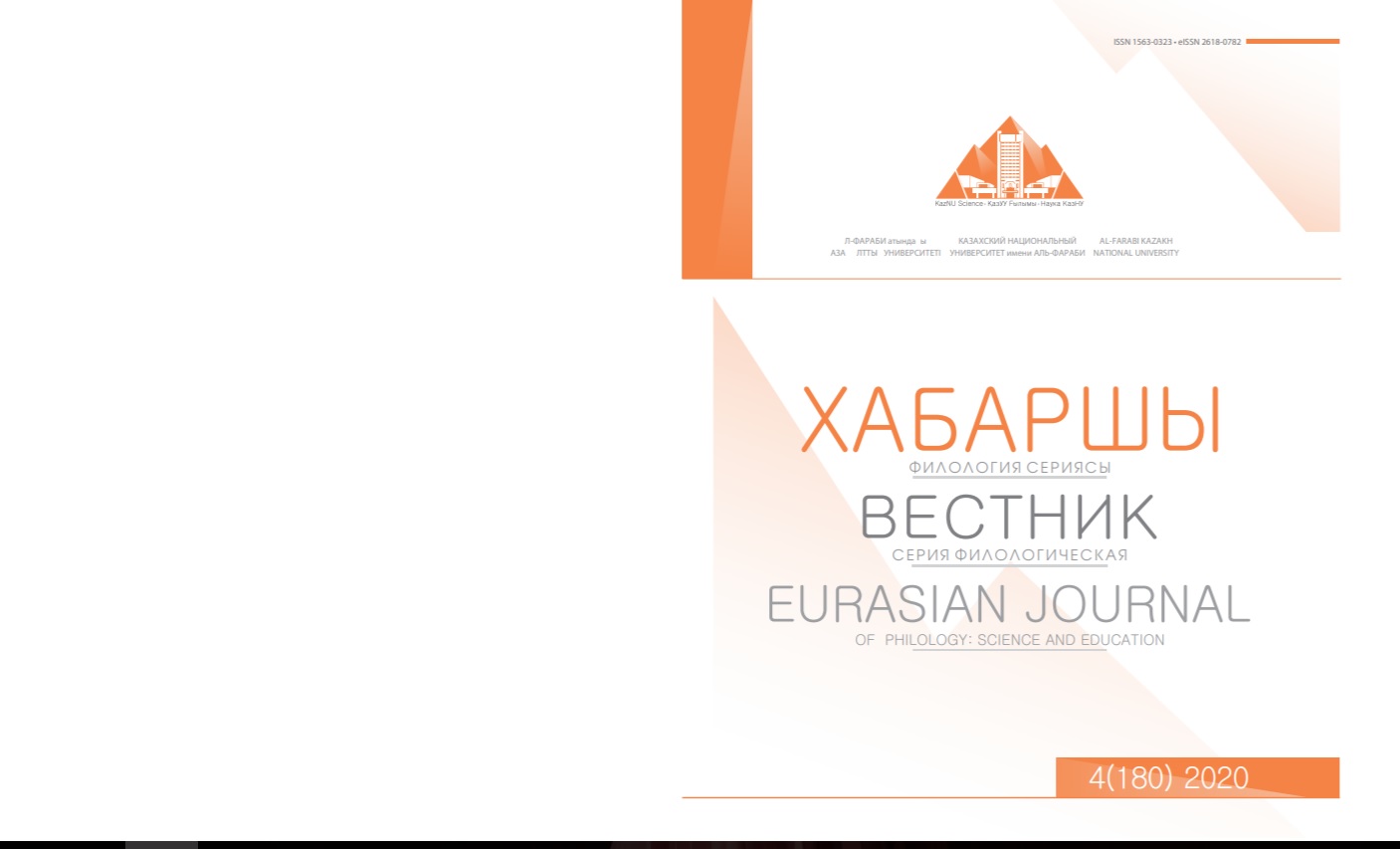Non-equivalent terms of the Kazakh language in the field of geography
DOI:
https://doi.org/10.26577/EJPh.2020.v180.i4.ph5Abstract
The article discusses the nonequivalent units of the Kazakh language. The answer to the question “What is nonequivalent vocabulary?” Is received. A review is being conducted around the scientific definition of nonequivalent terms, the terms of reality are being studied. Analyzed are scientific works in which similar studies were previously conducted, with the help of specific references and examples, the ways of the emergence of real-life terms, their types, ways of mastering the language, the place occupied in the terminological fund are described. The methods of transcription and transliteration are revealed as the main way of introducing the terms of realities in the host language, the focus is on the fact that this mechanism for mastering terms in the Kazakh language does not function properly, and today the borrowing of terms into the Kazakh term fund is carried out in their unchanged form in accordance with the regularity of the Russian language, which is unacceptable. In conclusion, the authors of the article come to the conclusion that the contribution of the terminological fund in the field of geography is the terms-realities, which belong to the group of nonequivalent terms. These terms are popular terms that have arisen as a result of lifestyle, life needs of the Kazakh people. The units describing the state of the terrain are evidence of knowledge and self-knowledge of the Kazakh people in the field of geography. The Kazakh language, along with geographical terms, is rich in terms-realities in cattle breeding, food industry, etc. In other languages, terms-realities of this nature are mastered by means of transliteration and transcription.







